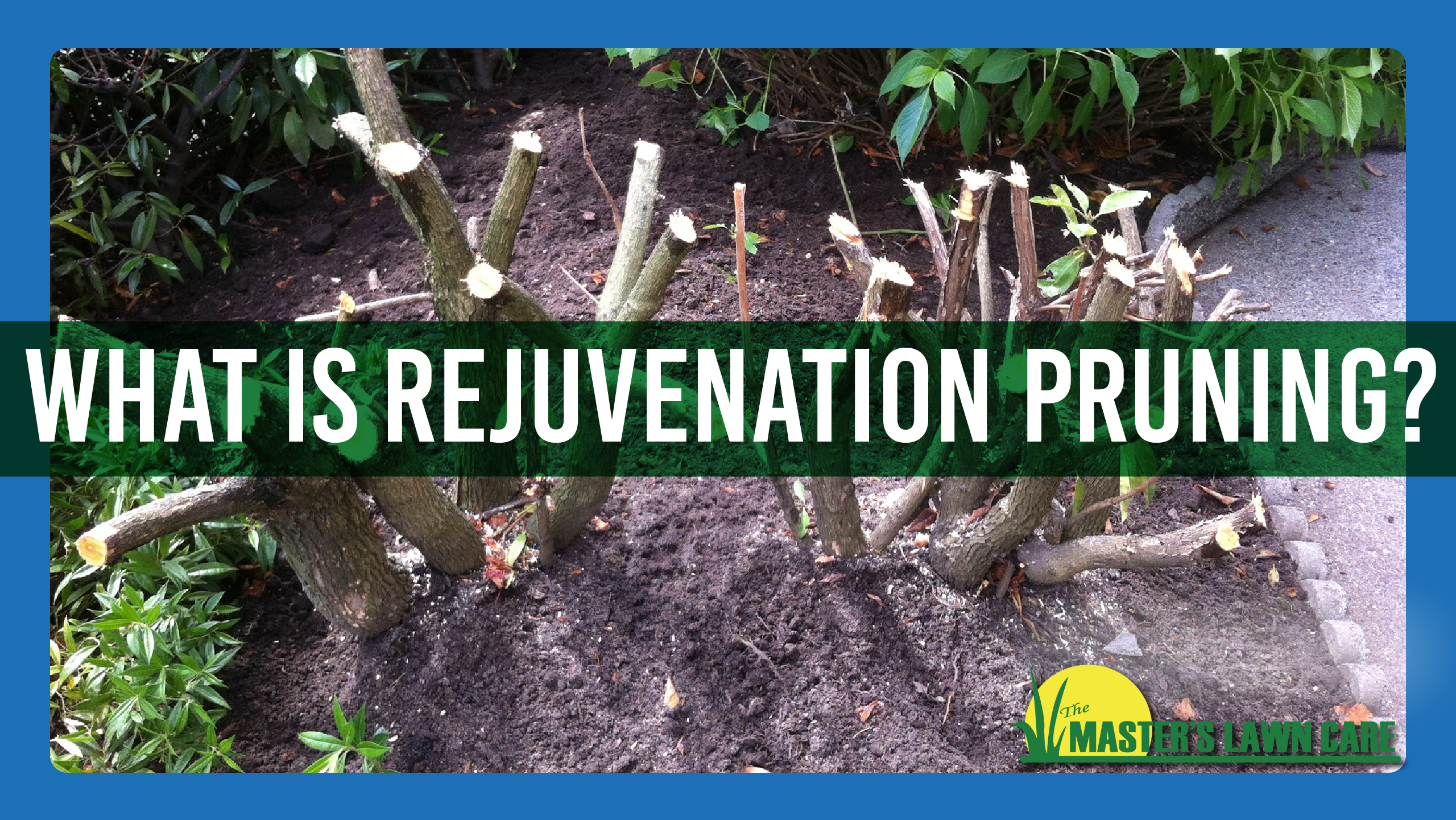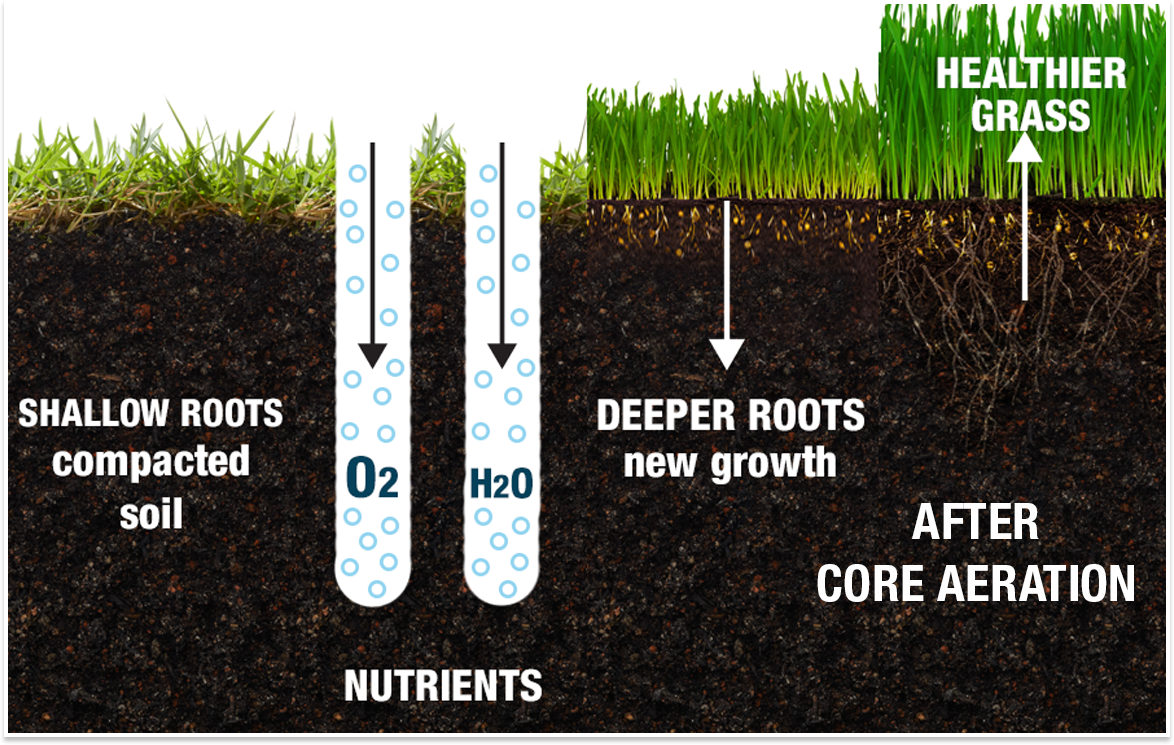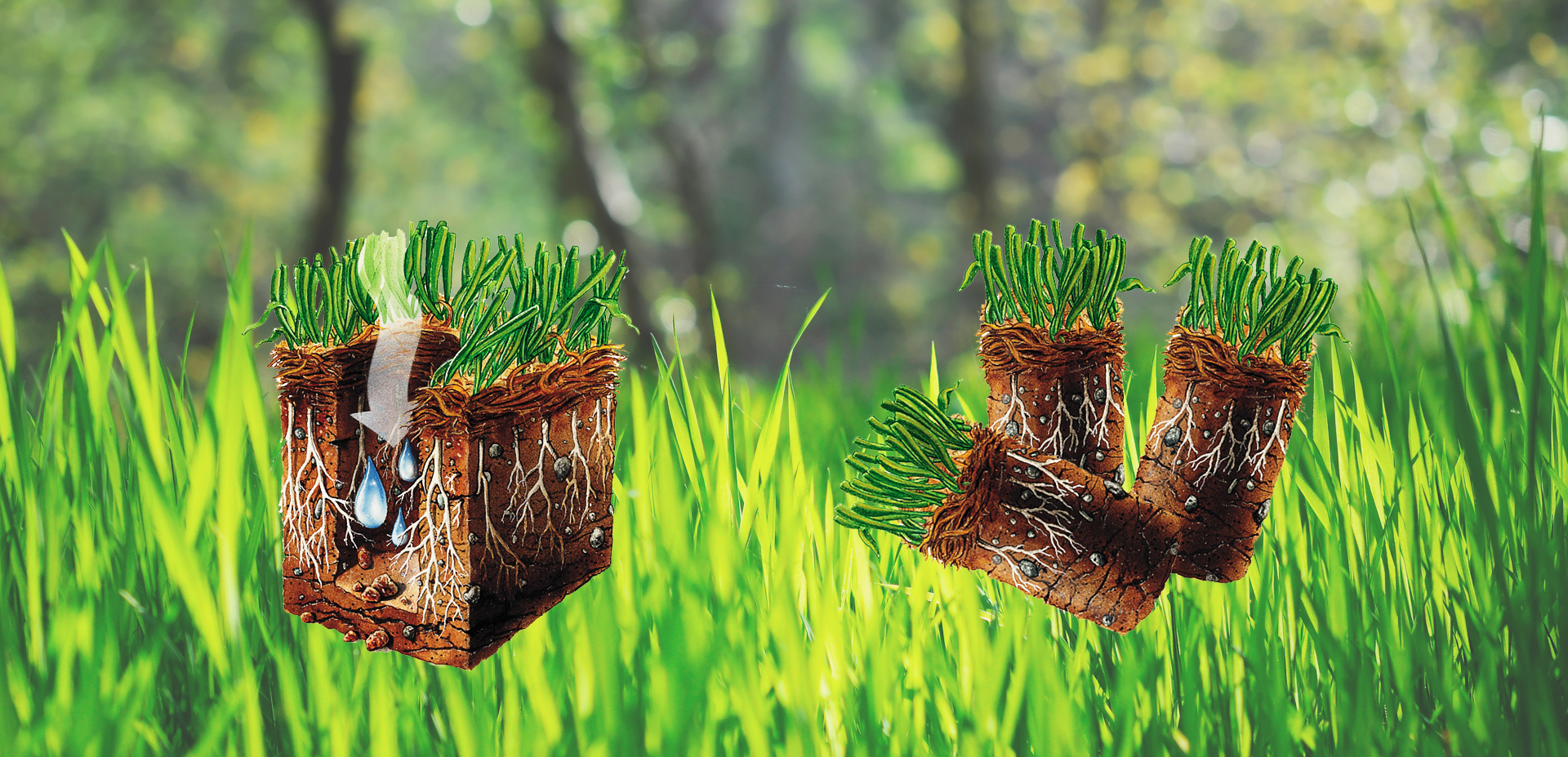As winter fades away and the warmth of spring emerges, it's time to prepare your lawn for the season ahead. Here in North Florida, spring brings not only blooming flowers, but also some challenges for maintaining a healthy, appealing, and lush lawn.
After going through over 20 years of watching lawns react to spring, we're here to share the top five lawn care tips that are specific to North Florida to help improve your lawn’s curb appeal.
1. Weed Invasion Defense:
With the onset of spring, the warmer temperatures create the perfect environment for weeds to thrive. To combat this, a combination of pre-emergent and post-emergent weed control is essential for your turf.
We also emphasize the importance of addressing weeds in mulch beds, as they can quickly spread and detract from your landscape's curb appeal.
The key for weed control, if you’re going to DIY it, is to learn the fundamentals before getting started. Every year, we average about 1-2 calls a week from a homeowner who says, “I bought something at the home improvement store, used it on my lawn, and now it’s all dying. What happened?!?”
The common denominator in each of these calls is one or a combination of the following:
- Used a product for the wrong type of grass (for example, they used a weed control product made for Bahia or Centipede on St. Augustine grass)
- Used a product made for 10,000 sq ft of grass on 3,000 sq ft of grass. (basically overusing the product because they didn’t measure their lawn or didn’t read the label)
- Used a combination of products that singularly would work fine, however when applied together on the lawn had an adverse effect.
The lesson from these other DIY mistakes is to learn the fundamentals before starting; which are to know your type (or types) of predominant turfgrasses, know the measurements of your lawn and rates for product you're applying, and lastly, know your products timelines of effectiveness.
2. Spring Irrigation Tune-Up:
As temperatures rise, North Florida experiences a dry spell that catches many homeowners off guard. Often, irrigation systems have been reduced or turned off during the winter months, leading to drought stress on lawns when temperatures increase in March.
Many homeowners also neglect servicing their sprinkler system, using the ‘set it and forget it’ mentality - not adjusting for seasonal changes or servicing it to ensure it’s covering properly.
Regular servicing and seasonal checkups are crucial to ensure your irrigation system is functioning efficiently and preventing dry patches in your yard.
Without the proper amount of moisture in your lawn, fertilizer and weed control will have a negative effect on your turf’s health.
3. Preventing Pests:
Springtime brings the awakening of pests that can wreak havoc on your lawn if left unchecked. Chinch bugs, Mole Crickets, and other landscape pests can cause a lot of St. Augustine, Zoysia, and Bermuda grass damage quickly if left to a reactive approach to landscape pest control.
Whether you DIY or want to partner with a local north florida pest control service such as ours, it is vital during the growing season to protect your lawn. If you choose the DIY route, be sure to use preventive measures rather than relying solely on contact products after you have an infestation.
Integrated Pest Management practices such as proper mowing height and irrigation management play a major part in preventing lawn insect damage.
4. Soil and Lawn Nutrition:
Proper fertilization is key to promoting lush, healthy growth in your lawn. By timing fertilizer applications correctly in the spring, you can provide your turf with the essential nutrients it needs to thrive.
The result? A vibrant, dark green lawn that enhances your outdoor space.
If your home is new construction (within the past 3-5 years) or fertilization isn’t offering the results you desire, you might consider topdressing to boost your soil nutrition. Soil’s pH and poor quality can make fertilizer wasted due to the turf’s inability to take up nutrients.
Topdressing with quality soil makes a major difference for lawns suffering through that.
5. Bed Definition:
Don't overlook the importance of well-defined bed edges and crisp bed lines to give your landscape great curb appeal. Tidying up your landscape with defined beds and fresh mulch not only improves the health of the landscape long-term, but also elevates your curb appeal immediately.
The contrast from a green lawn to defined dark mulch beds gives attention to detail that makes your landscape stand out and make a lasting impression.
As you prepare your lawn for the spring season, remember that investing in professional lawn care services can save you time, effort, and frustration. The Master’s is dedicated to helping you achieve a healthy, beautiful lawn that you can enjoy year-round.



